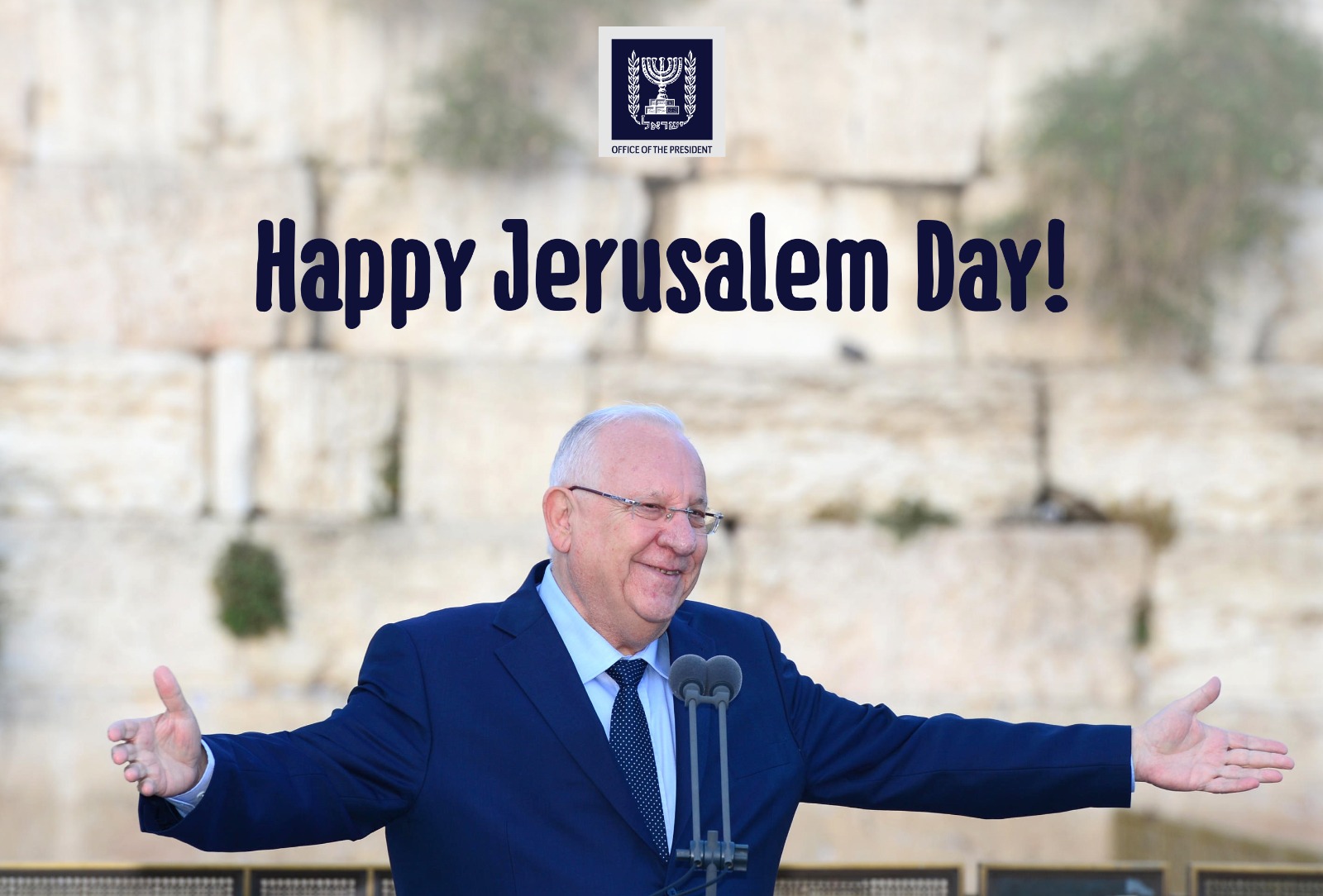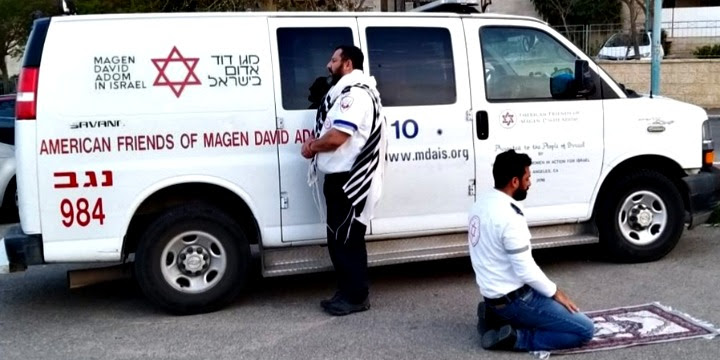David Collier: Fighting the academic demonisation of Israel in schools
How do you deal with historical distortion in academic textbooks and propaganda in schools and universities? I would argue that if you want to really fight this fight, then you have to begin by understanding just how widespread the problem really is.Jonathan S. Tobin: Who Really Represents America’s Jews?
(On Wednesday I spoke as part of a panel on anti-Zionist, antisemitic propaganda in schools. The event was organised and chaired by UK Lawyers for Israel. Also on the panel were Noru Tsalic, Marcus Sheff and Nomi Benari. You can now view a recording of the event online.)
A battle for academic minds
The issue of historical distortion in academic textbooks and propaganda in schools and universities is as important – if not more important – than any of the other battles taking place for accuracy and truth. The children sitting in school will have their minds shaped by the information they are given. And if we take all the classrooms in the UK – including the universities – then sitting in those rooms is almost every single politician who will be lawmaking in the coming generations, alongside every future councillor, union leader, lawyer and teacher.
If lies are told to them unchecked, then we lose the battle for minds even before it is started.
How big a problem is it
In the last few months, two seperate UK textbooks (1 , 2) were checked and were removed from the shelves because of historical innacuracies and anti-Israel bias.
If we seek to put all the blame on the academic author or the publisher we are missing the point. These two books were written by different authors, did not rely on the same source material and went through the editorial checks of two seperate publishing houses.
We are dealing with an ideology, a narrative, a world vision – and much of the modern academic landscape has been swallowed whole.
Whilst I have access to some of what is taking place on campus – much of what is occuring in schools is beyond me. Not only are Jews a tiny minority group in the UK – but we are also highly concentrated in certain areas. This means that outside of our bubble are 1000s of schools which have no Jewish presence at all. Our eyes and ears simply do not reach very far.
What we see is only the tip of the iceberg and the problem extends far beyond textbooks.
The notion that any single organization could represent the views or the interests of American Jews on Israel—or any other issue—has always been risible. Yet this dubious assertion has been the raison d’être of one of the more successful experiments in political activism in American Jewish history.Gerald M. Steinberg: Jerusalem: 1948, 1967, 2020
Born seven decades ago out of a hostile administration’s impatience with the myriad Jewish groups lobbying the State Department about Israel, the Conference of Presidents of Major Jewish Organizations has thrived by claiming to be the central address for American Jewish political interests.
But while the Conference has enjoyed a unique perch in the organized Jewish world, many of the groups who compose its membership are neither “major” in any real sense or, by themselves, particularly influential—let alone representative of American Jewry.
Nor can it be considered the public face of the pro-Israel community. That distinction belongs to the American Israel Public Affairs Committee (AIPAC). Unlike AIPAC, the Conference can’t mobilize tens of thousands of activists to lobby Congress, attend an annual conference, or help direct campaign donations to friends of Israel or foes of the Jewish state’s critics.
Despite its title, the Conference has also lacked the ability to command its member groups to take action on even the most anodyne issues. All 53 organizations retain complete autonomy of action and are divided along political and ideological lines that allow little room for cooperation.
Yet by cloaking itself in a mythical consensus, the Conference has skillfully inserted itself into policy discussions at the highest level both in Washington and abroad. Its ability to not merely be heard but to have its bland but still assertive brand of advocacy be treated as an important factor in rallying support for the State of Israel in Washington has made it the go-to place for anyone—especially foreign governments—who wishes to sound out the views of American Jewish influencers.
Under the leadership of Executive Vice Chairman Malcolm Hoenlein, who assumed the role in 1986, the Conference became less of a club of organizational leaders and more of an aggressive collective putting forward the views of the Jewish community on issues concerning Israel and anti-Semitism at home and abroad.
As a Jerusalemite, the degree to which the modern history of our city is mangled, distorted, and rewritten by journalists, foreign politicians and diplomats, and less-than-rigorous academics is a major source of frustration, particularly around the celebration of Jerusalem Day.
Almost inevitably, we are told that “East Jerusalem” and the “Old City were captured by Israel from Jordan during the 1967 war, without reference to the status of this city between 1948 and 1967. Outside of Israel, the false narrative portraying Palestinians exclusively as victims and Israel as “occupiers” has replaced the actual history, and substituted propaganda for justice.
The continuing impact of the 1948-1967 Jordanian occupation is central to understanding the broad Israeli rejection of grand peace plans to re-divide this city, including the mirages of “shared sovereignty” and internationalization. While such creative political architecture may sound good, the history of this period should remind us that in practice, such visions will return us to the bad old days,
Jews have lived in Jerusalem continuously, and were the majority population in the decades before the 1948 war. The destruction and ethnic cleansing of the ancient Jewish Quarter in the Old City began following the UN Partition Resolution on November 27 1947. Arab forces blocked the access road from Tel Aviv to Jerusalem, and numerous Israeli efforts to end this blockade failed, with major casualties. As a result, few reinforcements were available, and on May 28, the Jordanian army (also known as the “Arab Legion”) completed the capture of the Jewish Quarter.
The Jordanian commander, Abdallah el-Tal, boasted that “The operations of calculated destruction were set in motion… Only four days after our entry into Jerusalem the Jewish Quarter had become a graveyard.” (Disaster of Palestine, Cairo 1959) All of the Jewish inhabitants were exiled — the ethnic cleansing was complete. Jews were prohibited from accessing the Temple Mount, destroyed by the Romans in the year 70 AD, or at the Western Wall, which survived the destruction. (These were and remain the holiest sites in the Jewish religion.)
Even after the fall of the Jewish Quarter, the conquerors systematically desecrated all remnants of 3000 years of Jewish Jerusalem. 57 ancient synagogues, libraries and centers of religious study were ransacked and 12 were totally and deliberately destroyed. Those that remained standing were defaced, and turned into barns for goats, sheep and donkeys. Appeals were made to the United Nations and in the international community to declare the Old City to be an ‘open city’ and stop this destruction, but there was no response.



















 Tel Aviv, May 21 - Document leaks from within an Israeli intelligence organization revealed this week that longstanding animosity from surrounding Arab states, by those states' own accounts an expression of opposition to Jewish sovereignty on land they consider Arab Muslim, in fact occurs as the intentional product of a secret Israeli propaganda campaign to prevent people from those neighboring countries from wanting to get to the Jewish state to escape the oppression and misery they face in their own lands.
Tel Aviv, May 21 - Document leaks from within an Israeli intelligence organization revealed this week that longstanding animosity from surrounding Arab states, by those states' own accounts an expression of opposition to Jewish sovereignty on land they consider Arab Muslim, in fact occurs as the intentional product of a secret Israeli propaganda campaign to prevent people from those neighboring countries from wanting to get to the Jewish state to escape the oppression and misery they face in their own lands.
















.jpg)





